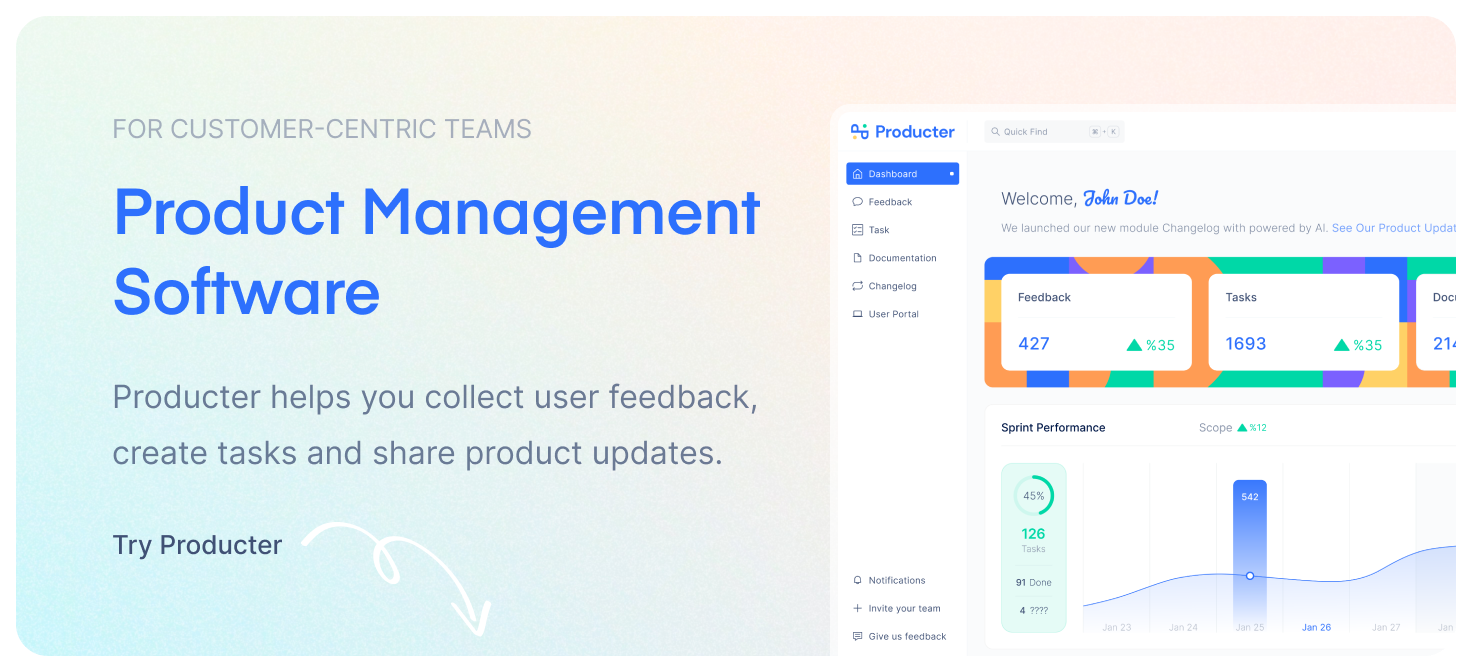What do they mean?
Sales-Led Growth Company: As Manish Nepal explains:
“Sales-led is the growth strategy where your sales processes and teams take the driver’s seat to grow your revenue.”
Success in sales-led businesses directly relies on the sales team’s performance.
Product-Led Growth Company: Openview defines product-led growth as
an end user-focused growth model that relies on the product itself as the primary driver of customer acquisition, conversion, and expansion.

What’s not working with being sales-led?
1) Organizational silos
You suffer from pain as a user, and you seek a prescription. Finally, you think you have found a remedy for your pain and read about the tool on its website. Then, you book a demo with a sales rep and decide to buy it. However, the real struggle starts when you actually start using the product in detail. What you signed up for and discussed with the sales rep is far from your expectations.
Here is the first and worst place where customer dissatisfaction begins to take root. This is what usually happens when sales, marketing, and product teams are alienated from each other. Believe me, I’ve traveled that road.

2) High CAC (Customer Acquisition Cost)
As Paul Graham, founder of Y Combinator, says:
“The more it costs you to sell something, the more it will cost others to buy it.”
If your business model is compatible with sales-led growth, you always need to be alert about your competitors. If they acquire customers with lower CAC, they will most likely have more reasonable pricing than yours. Consider optimizing your strategy, or your customers might lose interest in your product once they realize your competitor’s lower pricing.
What are the benefits of a product-led growth mindset?
1) Optimized Sales and Customer Success Effort Resulting Lower Acquisition Cost
Based on Openview’s 2020 Expansion SaaS Metrics report, product-led companies reach the $10M ARR mark, and they tend to scale faster than their peers.
Unlike sales-led companies, product-led companies don’t need to put way too much effort into sales and customer support operations. They can grow more efficiently with a lower-than-average customer acquisition cost (CAC).
2) Increased Retention and Upsell
The product-led growth model keeps Sales, Customer Success, and Product teams aligned. By working hand in hand with these teams, sales will find more qualified leads since they will know who is engaging with the product and who is maximizing its value. Likewise, Customer Success teams need to know who isn’t utilizing the product and what features might be misused.
Since the product-led growth model focuses on how users engage with the product, Sales and Customer Success teams will take advantage of the user engagement data provided. Product-led teams better customize their sales, marketing, and customer support activities by embracing a singular insight into product usage.
What are the challenges of a product-led growth mindset?
Most SaaS companies dream about building a product-led business since products enable their users to onboard themselves and quickly find out the product capabilities. However, the product-led growth model is not for everyone.
Companies founded on the product-led growth model have an advantage for sure. Still, software companies can adapt the model as much as possible to increase go-to-market efficiency and improve user experiences.
So, the transition comes with some challenges:
1) Changing Organizational Behaviour
There is no magical shortcut to becoming a product-led growth company. If you want the shift to happen, first, you need strong leaders and teams open to change what they’re used to. Even calling sales, marketing, or customer support teams “Growth Team” needs to change. Failure or success in growth metrics is not the responsibility of these teams.
In a product-led company:
- A marketing team focuses on generating leads by knowing the product vision by heart and conveying the right message to the market.
- A sales team focuses on utilizing the product to qualify their prospects and have meaningful conversations in a way that prospects deeply understand the value product offers.
- A customer success team focuses on understanding the user experience to help them utilize the product without customer success help.
- An engineering team focuses on creating a product with optimized time-to-value.
And, this mindset comes with the collaboration between tech and non-tech teams. Including non-tech teams while building the product strategy, getting user feedback from sales, marketing, and customer success teams will keep you and them aligned. Sharing the product vision and making the strategic product roadmap visible to all teams strengthens its sustainability.
2) Sales Pipeline Adaptation
Sales-led companies rely primarily on sales teams to generate leads and close deals. They are used to getting linear results, meaning you have to hire more salespeople to cultivate more leads. On the other hand, the product-led growth model invests in the product rather than increasing CAC.
At the first stage, the transition from sales-led to product-led growth might look like leads in the sales pipeline decreased. Shifting to the product-led growth mindset is a journey. The growth will be exponential once the transition is adopted completely.
Conclusion
It is critical to note that Product Led Growth is not merely about making your product freemium. It’s just one of the customer acquisition strategies. The product-led growth model demands an entirely new approach to the user journey. It’s about turning your product into an amazing communication platform. This is how your users will fall in love with your product and understand its real value.
Tech and non-tech teams need to have a proper process to adopt the transition. Teams need to have product-oriented goals and perspectives while doing their daily tasks. Keeping tech and non-tech teams aligned on the product strategy by sharing a clear product roadmap is one of the moves that will ease the transition in your company.
The first consistent results became apparent after these changes were made. Keep in mind that Product Qualified Leads (PQLs) don’t come easily yet. It will make a huge difference in the long run if you put effort into achieving product-led growth.
Producter is a product management tool designed to become customer-driven.
It helps you collect feedback, manage tasks, sharing product updates, creating product docs, and tracking roadmap.






